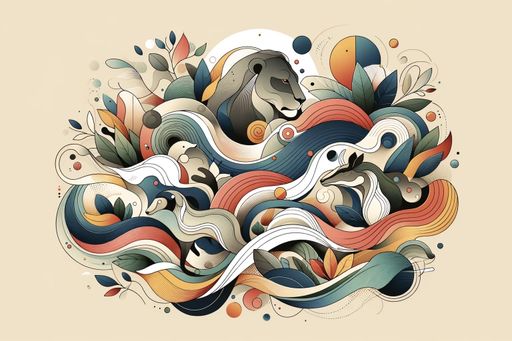Humans, Dogs, and Horses: Burial Practices in Iron Age Italy
A 2200-year-old burial ground in northern Italy reveals that humans were sometimes buried with their dogs and horses, suggesting a strong bond between humans and their animals.

Investigating Co-Burials of Humans and Animals
Archaeologists have long believed that including animals in human graves was associated with higher socioeconomic status, beliefs about the afterlife, or family traditions. However, a recent study suggests that the practice of 'co-burials' may have simply been an expression of love for non-human family members.
Researchers from the University of Bern revisited the Seminario Vescovile burial ground in Italy, where the Cenomani people lived during the Late Iron Age. Out of the 161 graves found at the site, 16 included animals. While some of these animals were clearly meant as food offerings, others, such as dogs and horses, were not part of the local diet.
One particularly striking example was the burial of a middle-aged woman with a pony laid on top of her and a dog's head above her own. This unusual arrangement suggests a close relationship between the woman and her animals, despite the absence of weapons typically associated with warriors.
Understanding the Significance of Co-Burials
The researchers found no patterns in the ages of the individuals buried with animals, and DNA analysis showed no genetic relationship between them. Chemical analysis of the remains also revealed no differences in diet compared to individuals buried without animals, indicating that socioeconomic status did not play a role.
This leads to the conclusion that the co-burials were likely driven by a deep emotional connection between humans and their animals. The researchers suggest that ancient populations may have felt so strongly about their animals that they chose to bury them together in the afterlife.
Alternatively, there may have been symbolic reasons behind the co-burials. In the Gallo-Roman religion, for example, horses and dogs were associated with protection and the afterlife. Burying dogs with infants may have been a way to safeguard the parents from the loss of future children.
Strong Bonds and Care for Animals
The animals found in the graves were not merely disposable stock. The dogs, in particular, showed signs of being well cared for, including being fed human food and having evidence of wound treatment and healing. This suggests that the animals held a special place in the lives of their human companions.
Overall, the findings highlight the possibility that ancient populations valued their animals as cherished members of their families. The co-burials may have served as a way to honor and express affection for these beloved pets and working companions.



